Ron Silberstein holds out his hand, and we lean in. He pokes a pile of barley kernels. The tiny seeds are halfway through the malting process.
“Almost looks like a little cephalopod,” Ron says. The wispy rootlets do resemble a squid. “And on this side, you can see underneath [the husk], it’s almost three quarters of the length I would say: the little acrospire.”
The beginnings of a leaf, a new barley plant.
“And we want that first leaf to grow the entire length of the kernel,” Ron continues. “But we don’t want it sticking out so much.”
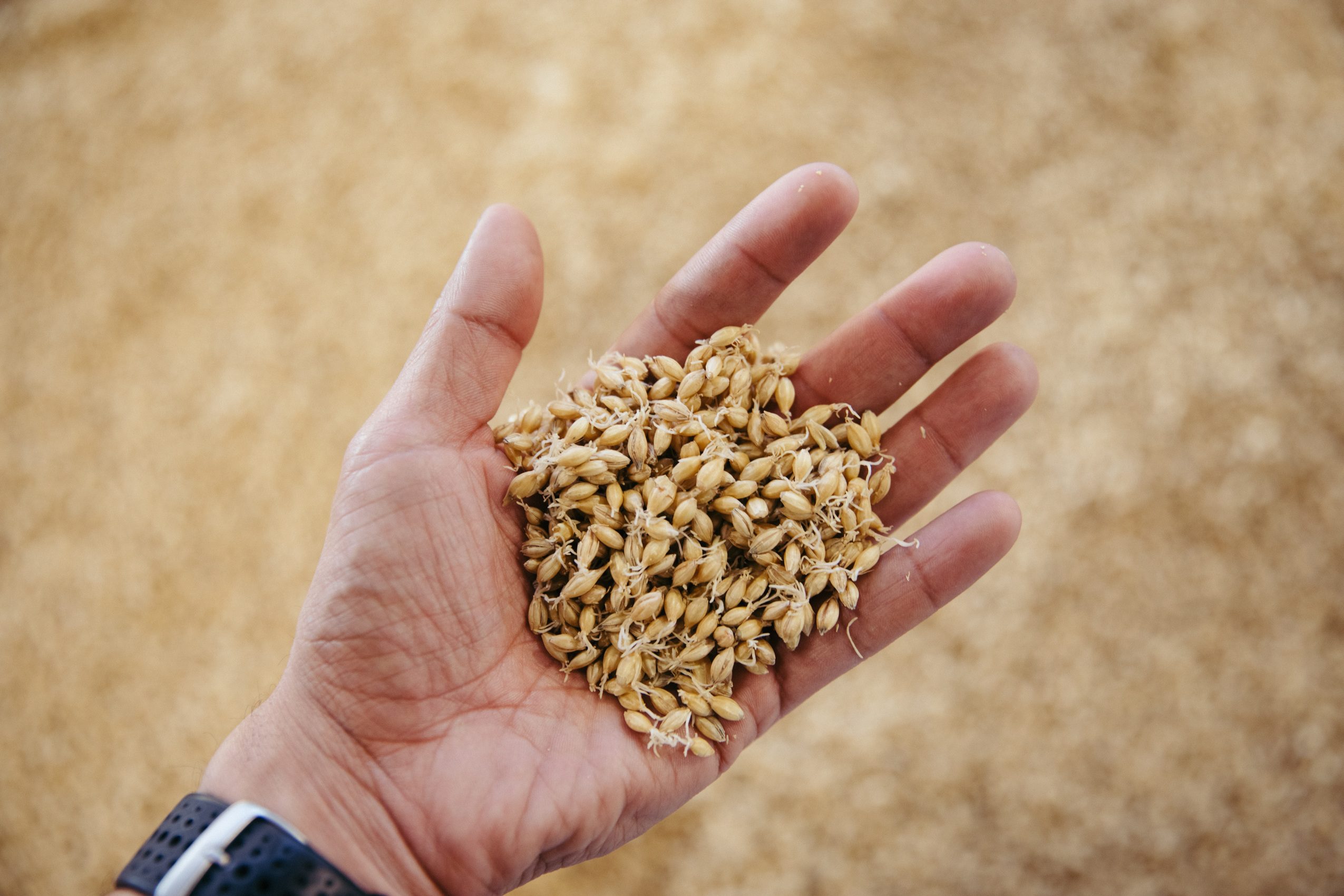
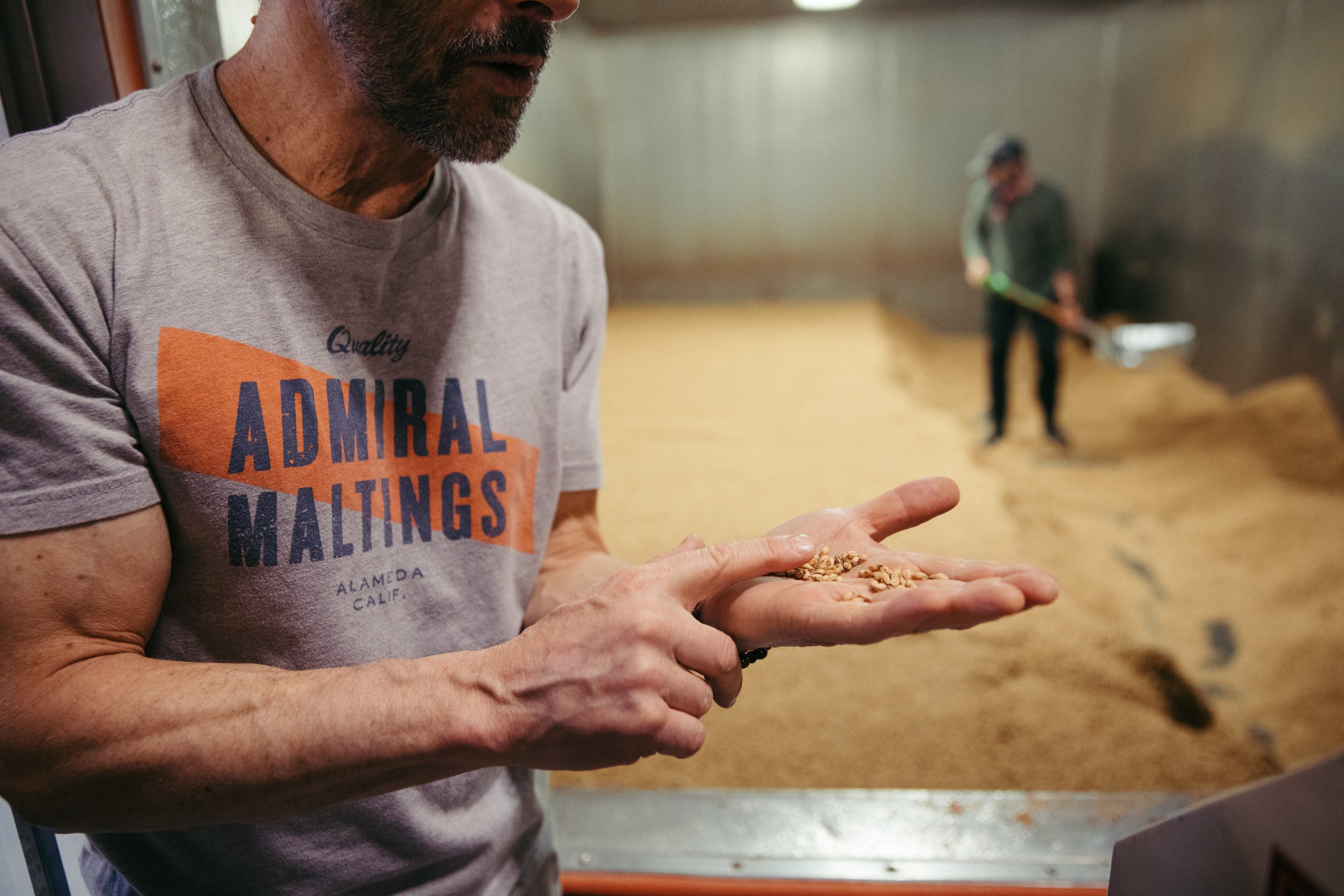
Fellow craft maltster Brian Simpson explains why.
“The object there is to take the germination process and halt it,” Brian says, “and then preserve the enzymatic package that’s been created.”
Enzymes convert starches into fermentable sugars. Yeast eat the sugars to make alcohol. Pretty important for beer.
It might sound like Ron and Brian are tag-teaming this tour. Fact is, they’re 2,600 miles apart. Ron is a founding partner of Admiral Maltings in Alameda, California. Brian is a founding partner of Riverbend Malt House in Asheville, North Carolina.
Spend time at both facilities, though, and they share a voice.
When they talk process, they spare no details because craft malting, despite appearing simple—soak grain in water to start germination, then stop it with heat—is quite nuanced. Ask about sourcing grain, and it starts with relationships—farmers, often multigenerational, saying yes to new crops, different methods. And when it comes to flavor, the illustrations are vivid.
“It’s just like a chef going to a farmers market,” Brian says, “and he’s like, ‘Man, that tomato is amazing. What can I do with that?’ Then they build a meal around it. And we felt like there was an opportunity in malt that had not been there before to be able to do that.”
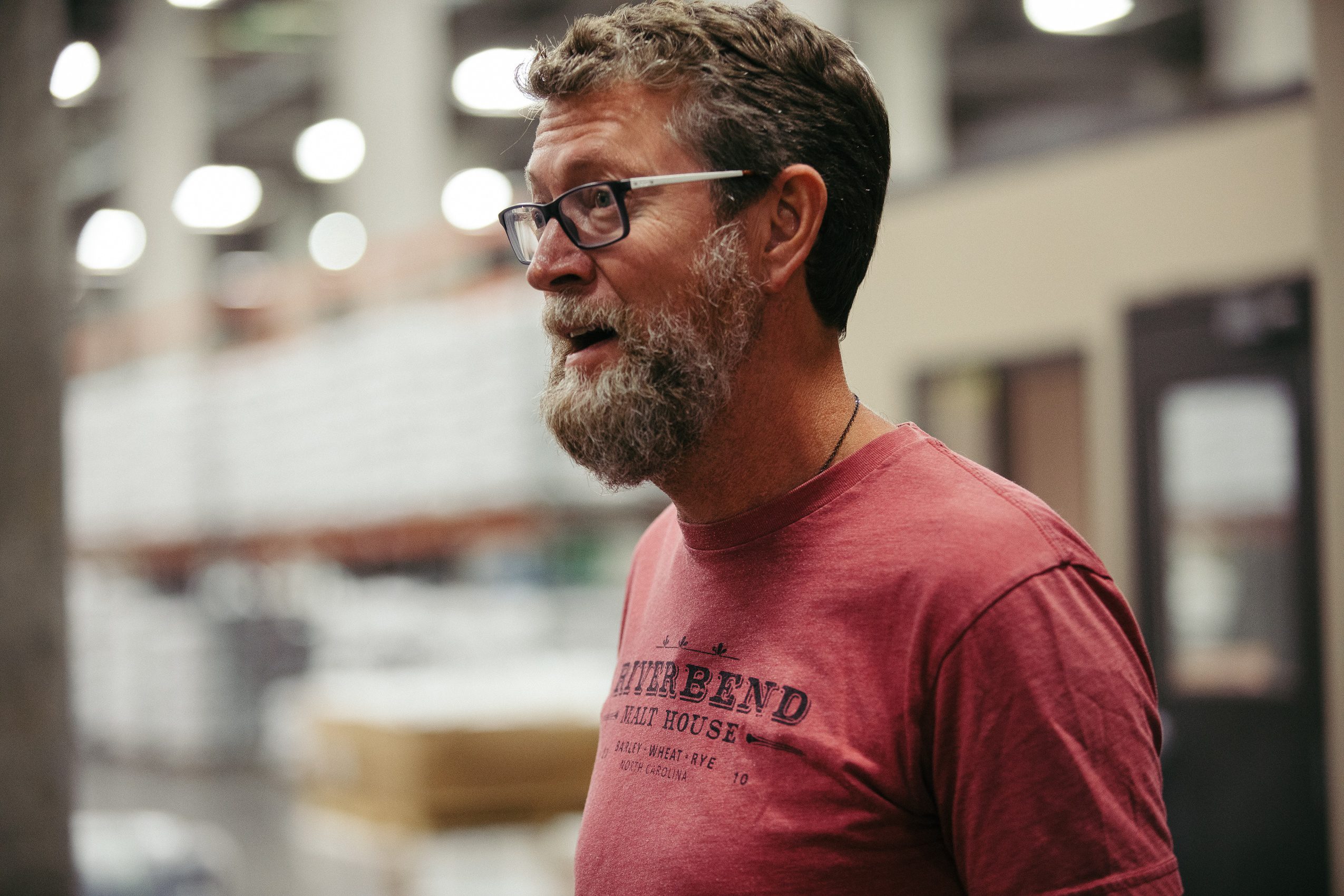
And since small-batch is the point with craft malt, Ron says the freshness is unmatched. Large malt suppliers can’t move product as swiftly.
“Fresh malt has an aroma like bread out of the oven,” he says. “What tastes better: bread out of the oven or bread that’s been sitting around in a plastic bag for a few weeks, shipped off to the Safeway? No matter what the ingredients are, it’s not going to taste the same as when you pulled it out of the oven.”
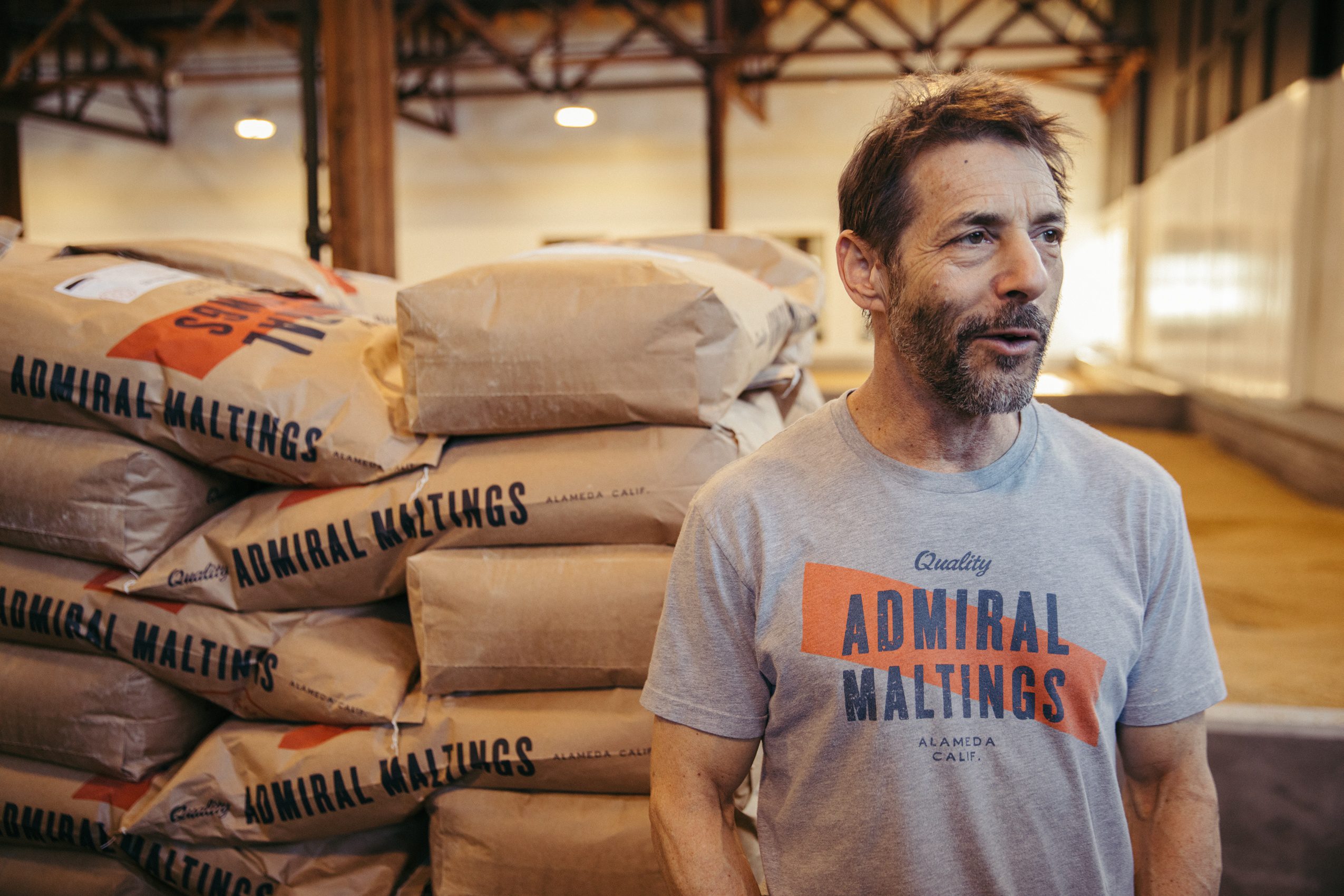
A home oven was part of Riverbend’s beginnings. Brian used it to crudely calculate his malt’s moisture content. It was the early 2000s, and he was malting roughly 12 pounds of barley at a time on a hand-built system: a galvanized steel tub with a false bottom, a 4-by-4 tile malting floor, and a Sam’s Club smoker repurposed as a drying kiln.
Brian passed the finished malt to his Riverbend partner Brent Manning who’d homebrew 5- to 10-gallon test batches of beer.
“Some of the first ones were pretty bad,” Brian admits, “and they got better, you know, and then they got bigger and then we kept going.”
In 2010, Riverbend got its commercial start in a modest building smaller than a basketball court. Demand has only grown, and in 2018, Riverbend moved to its current space with four times its original capacity (plus room to expand).
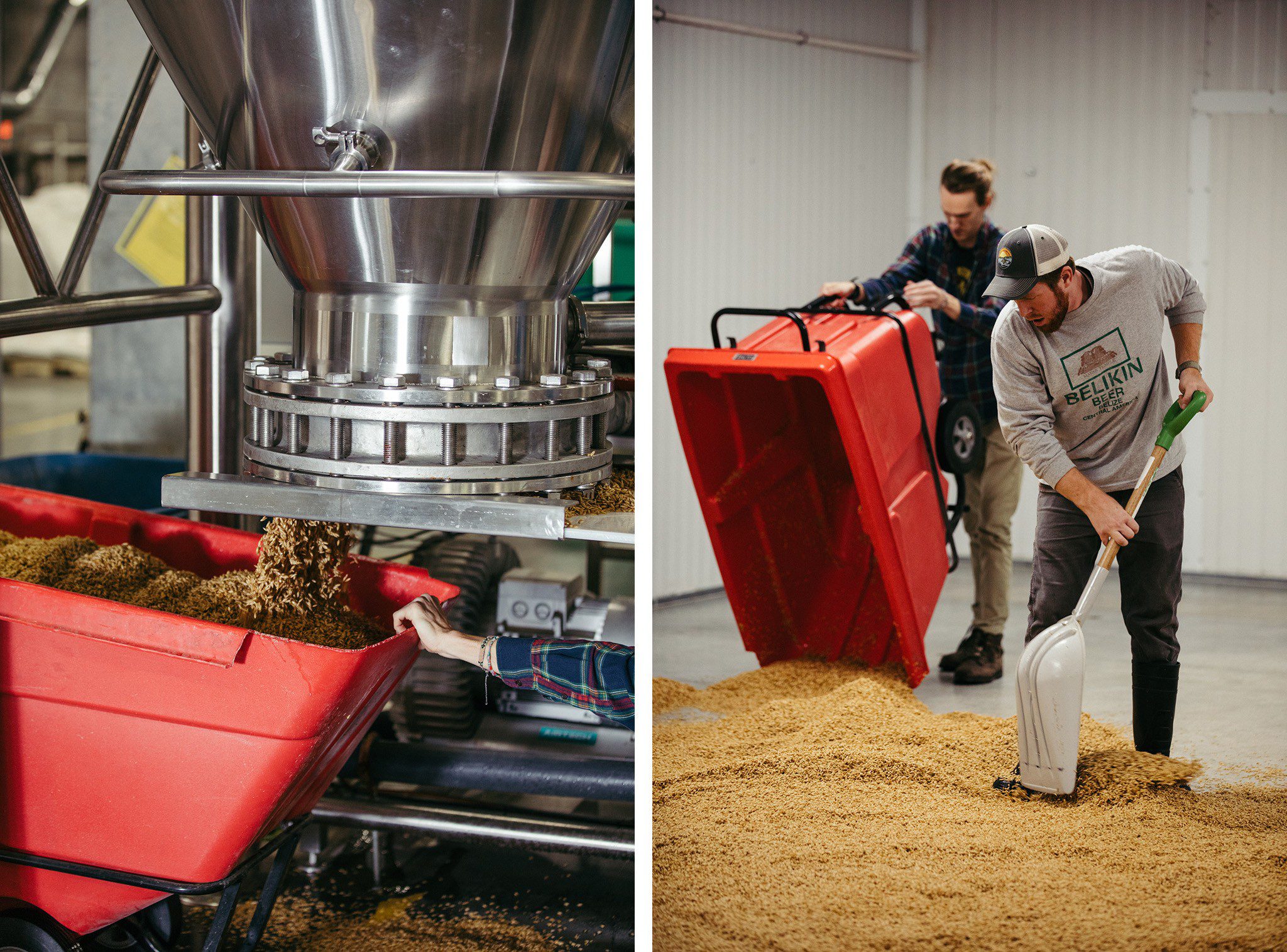
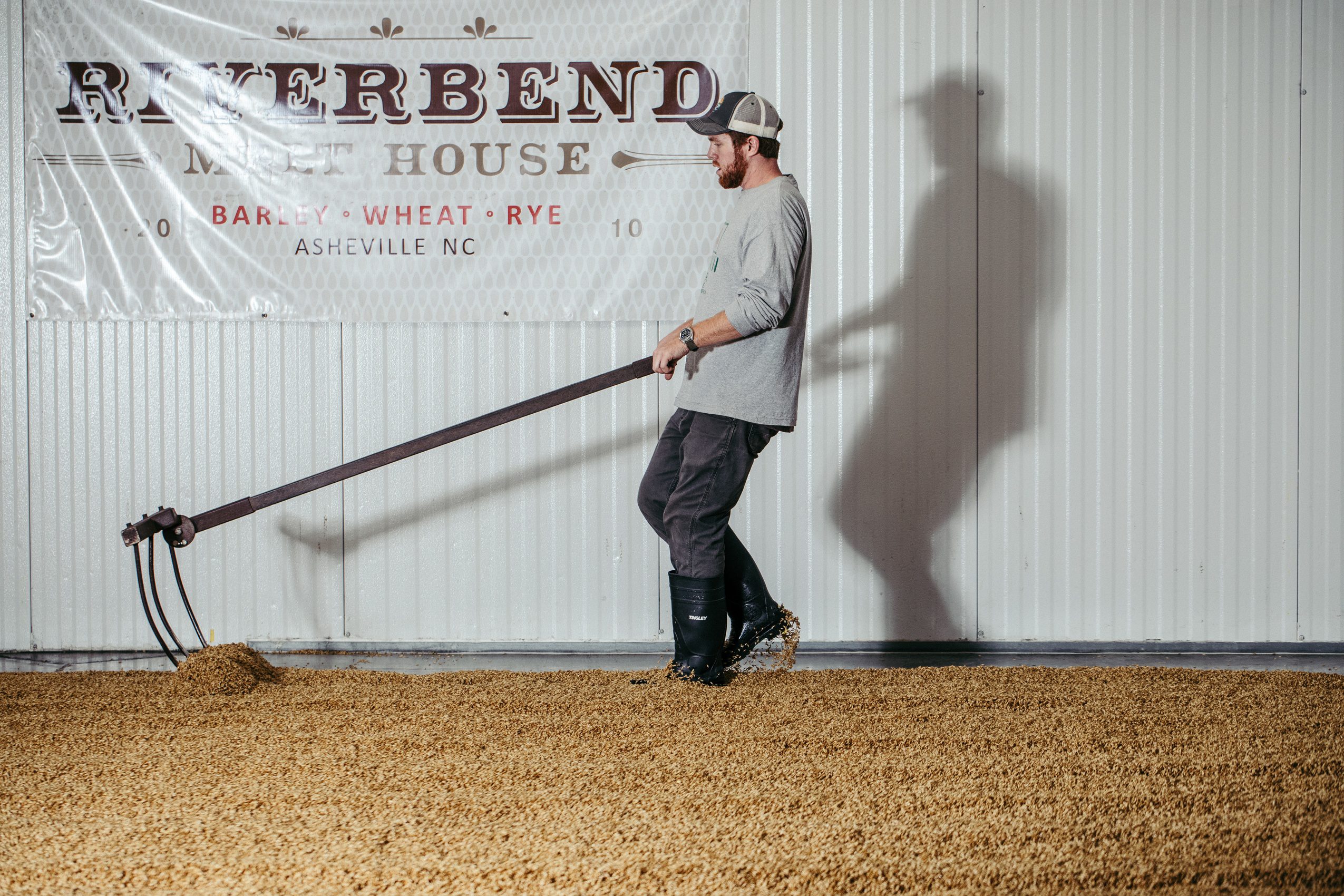
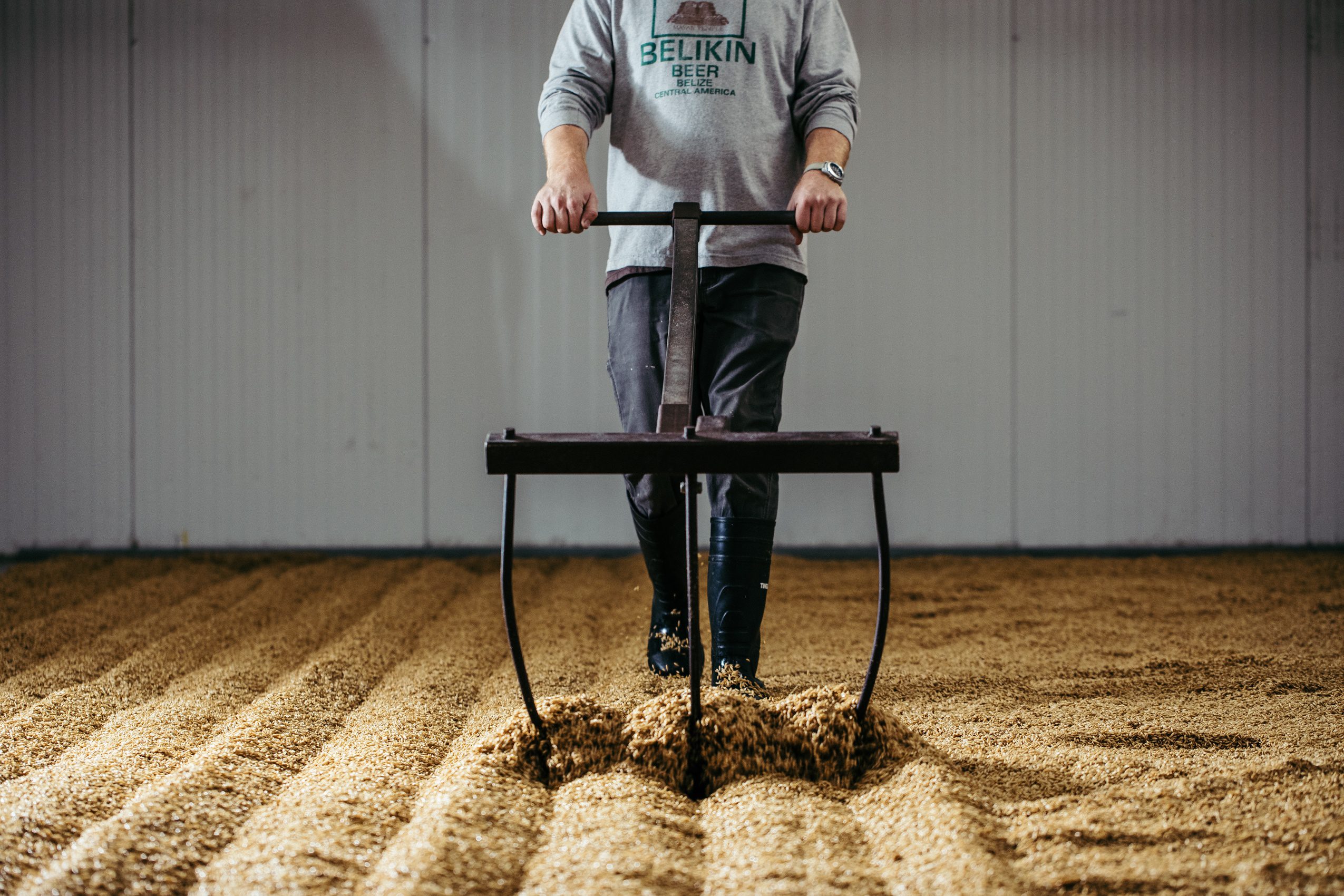
And while Riverbend settled in, Admiral Maltings was just getting off the ground—with Riverbend’s help.
“I visited [Riverbend] twice before I even opened this place,” says Ron, who launched Admiral in 2017. “It was critical for me in terms of seeing how it can be done. How do you do it on this scale? What does that look like?”
While new to malt production, Ron was seasoned in craft beer. His former brewery, ThirstyBear, was a San Francisco icon, opening in the late ’90s and earning certified-organic status in 2007—still the only Bay Area brewery to do so.
“I’m more interested now in the ingredients side than in the recipe side,” Ron says. “That’s one reason I opened [Admiral] was that it allowed for some unfettered, enthusiastic passion to come out for something new.”
Ron looped in another local brewing veteran Dave McLean who started and owned Magnolia Brewing Company for 20 years.
Curtis Davenport completed the Admiral trio. The organic farmer met Ron at the first Craft Maltsters Guild conference. Ron asked Curtis if he could grow some barley.
“He’s like, ‘I’m not growing, but I am moving to the Bay Area. We should become partners,’” Ron recalls. “And at first I was like, ‘Yeah, I don’t need another partner.’ But the more I talked to [Curtis], the more I realized he would be awesome to be the head maltster.”
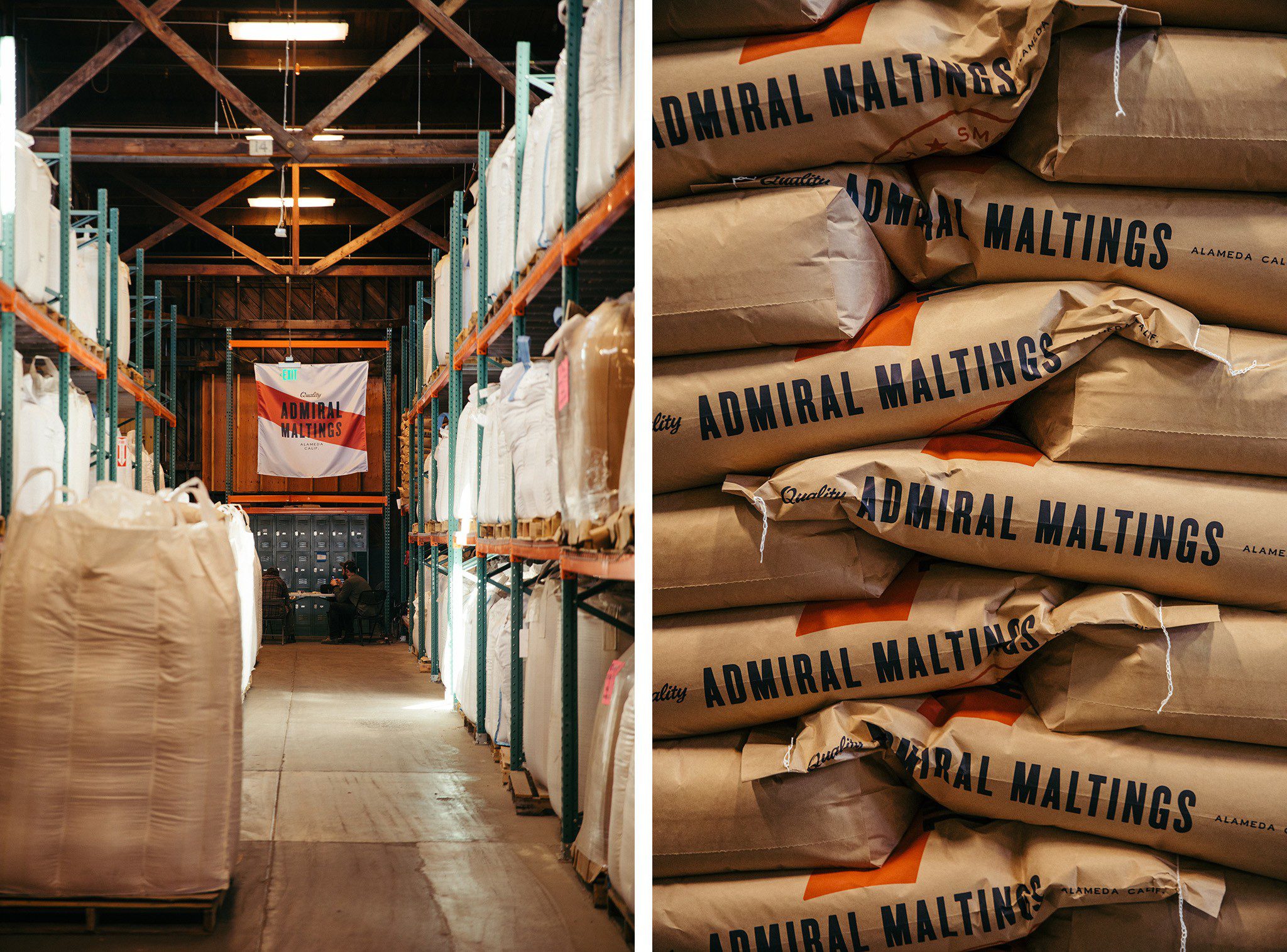
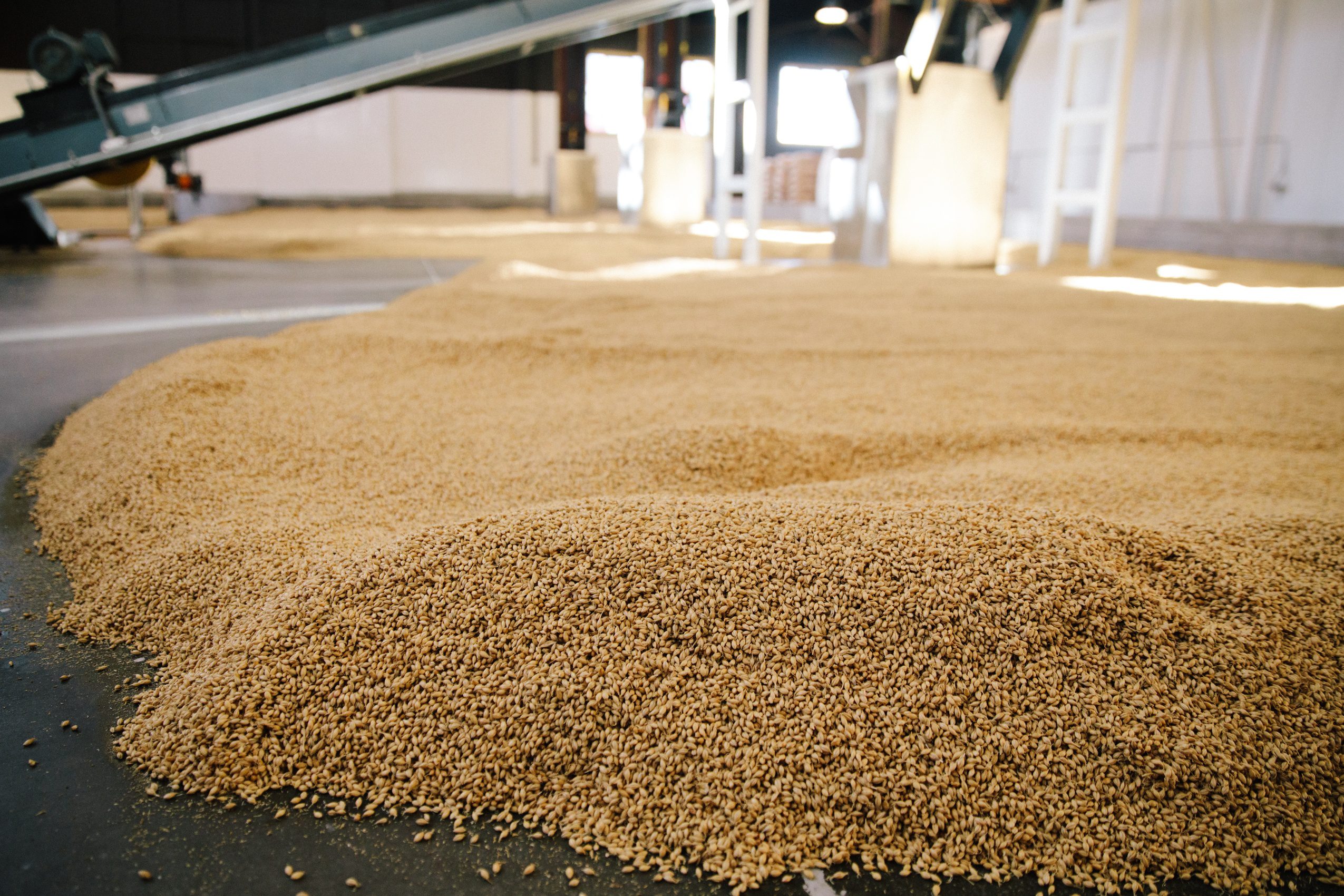
But to build out their vast warehouse, a former Navy storage facility, the financial need was significant. Myriad contributors stepped up, including our founder Ken Grossman.
In Admiral, Ken saw the chance to realize, albeit indirectly, his own aspirations to build a malt house. Ken came close in 2003.
“I have sketches and drawings for it,” he says, “and we actually started to engineer it. … I made a trip to Europe, England, and Scotland to go look at floor malting [facilities] with a maltster.”
But with plenty of other brewery projects demanding attention, the malt house plans faded. Years later, Ron’s vision stirred Ken’s interest.
“It was a really great sense of assurance [from Ken] like, ‘Hey, I support this,’” Ron says.
However, craft malt in the U.S. still faces hurdles. Paramount for brewers is whether the cost pencils out.
“If you’re paying two times or three times the price for your raw materials,” Ken says, “that’s a hard place to be unless you command enough of a premium on the beer that you can justify that cost.”
How drinkers use their dollars, then, is influential. Eavesdrop at the bar, and malt varieties aren’t often swaying beer orders; hops reign.
“You’ve got to get people to value it as an incredibly important ingredient in beer,” says Ron, who thinks the discerning questions people ask at the grocery store are perfectly relevant to craft malt. “Who grew it? How was it grown? Is it sustainable? Is it organic? That creates more of a connection between the consumer and the product.”
Brian and the Riverbend team, for example, source everything within 500 miles of Asheville, all from family-owned farms. And when you look at the map, they neighbor quite a few states whose craft brewers could tell rich stories with their beers.
“It gives them an opportunity to say, ‘Hey, this is truly a Georgia-made beer with Georgia-grown grain. I know the grower,’” Brian says. “Sort of following that farm-to-table format.”
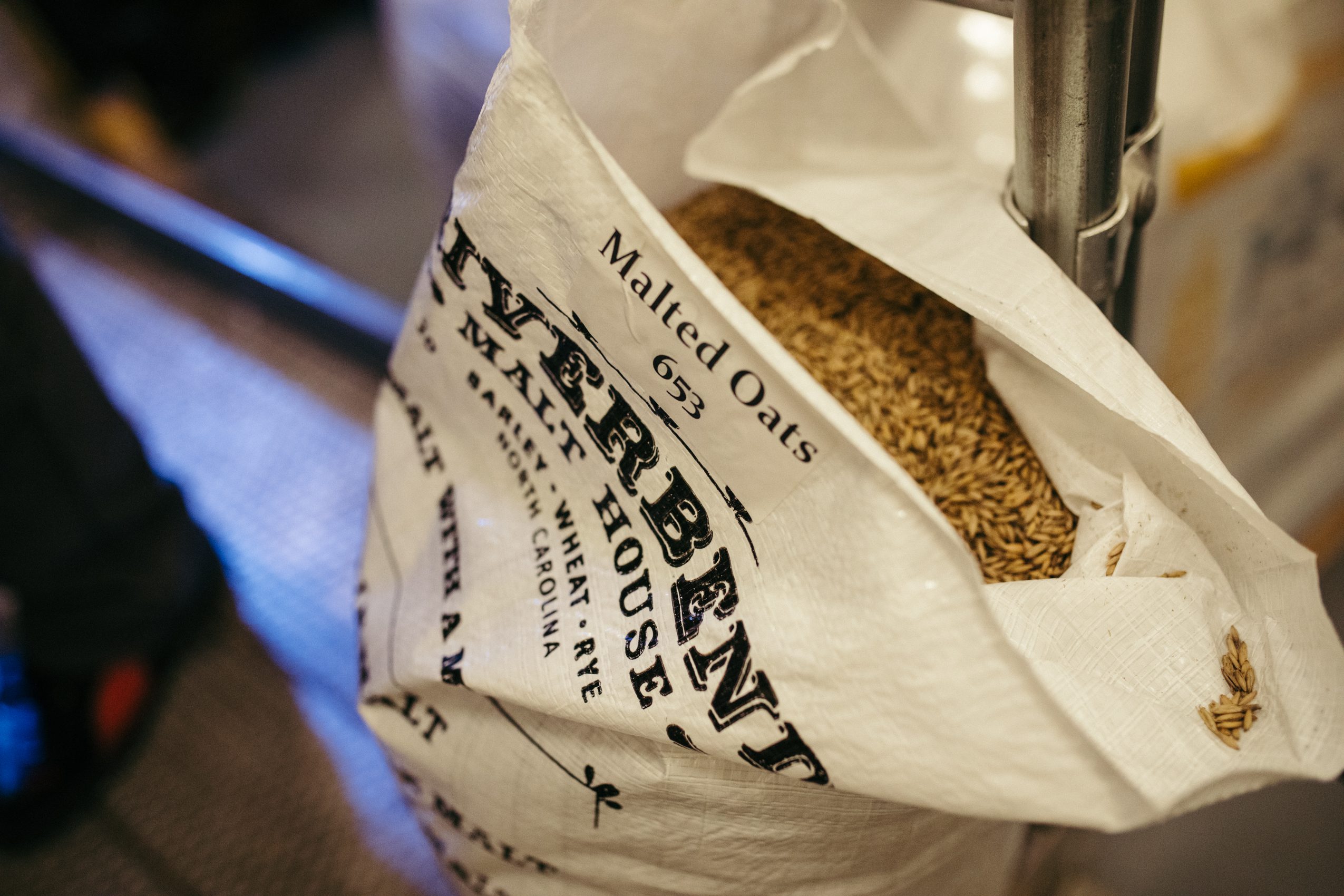
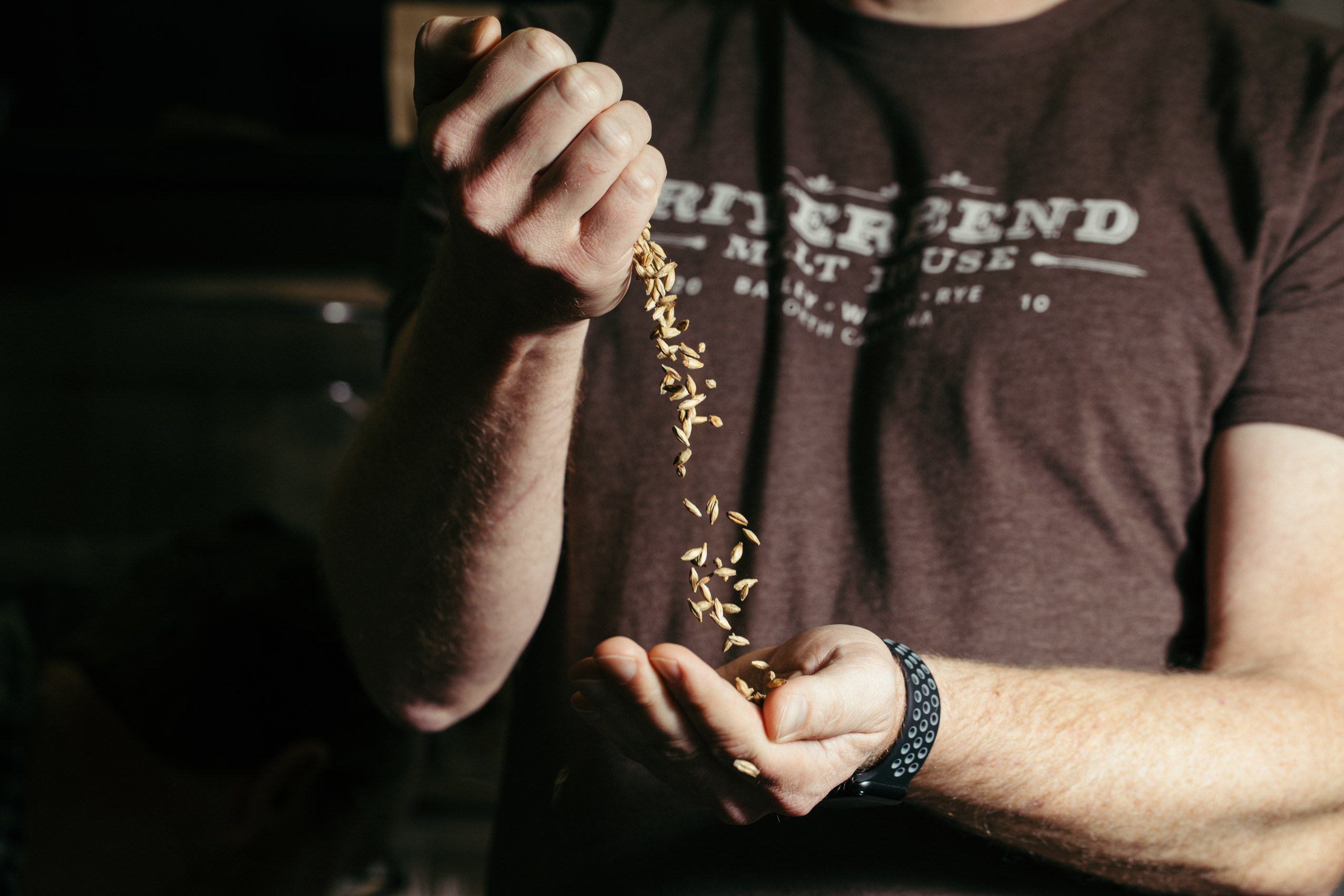
Moreover, flavor can shift from backyard to backyard.
“There’s a bit of terroir tied into this,” Brian says, “That region, specifically the soils and the climate, can drive some flavor profiles. There’s some articles out there that would argue against that, but there’s no way it can’t be part of the equation. We taste the difference. I can taste regional differences from the same barley varieties.”
Ron draws a comparison: think of barley like hop varieties. You have Citra, Simcoe or Cascade hops, for example, like you have Copeland, Metcalfe or Butta 12—a barley variety developed at UC Davis with the Sacramento Valley in mind.
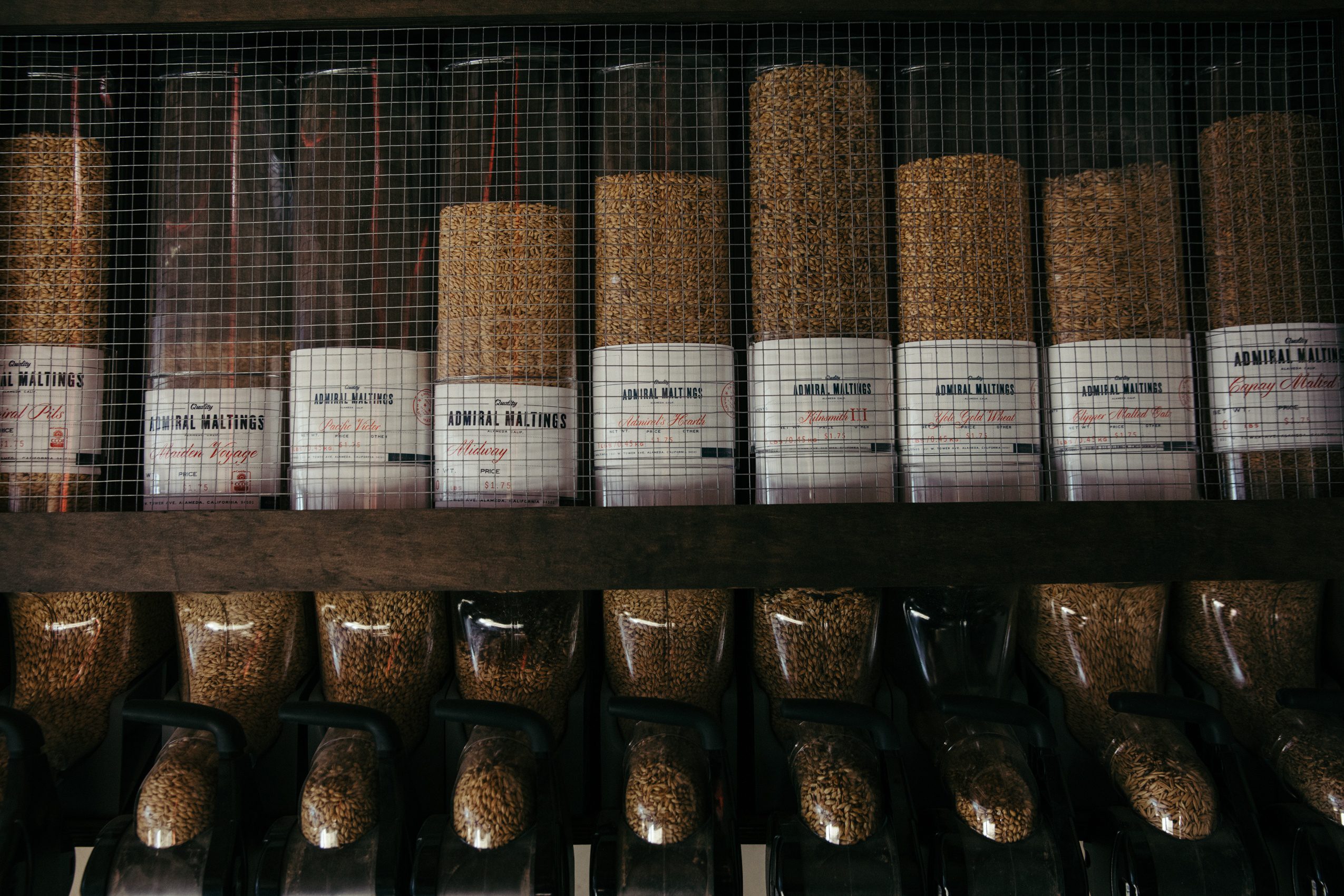
Beyond where malt’s grown, though, its flavor hinges on plenty more. Yes, how you soak the grain. Yes, how you manage germination. Yes, most certainly, how you dry it in the kiln.
“It’s more for someone to learn about,” Ron says. “It’s not just like, ‘Oh, this is basil, this is oregano, this is salt, and this is pepper.’ Everything has a different taste, [but] it’s from one source, it’s one plant.”
We’re right there learning, too. We’ve put both Admiral and Riverbend craft malt toward releases big and small, and we’re fans of the outcome.
At our Mills River location we brew Southern Gothic unfiltered pilsner — once in cans, now just an occasional Taproom offering — which features Riverbend’s Southern Select pale malt. It’s a blend of two-row barley varieties, curated like coffee roasters might blend beans to conjure certain flavors.
“Really the concept was, seasonally [like coffee] we take the best beans,” Brian explains. “So we take the best grain that we get from the season and then we’ll make that Southern Select.”
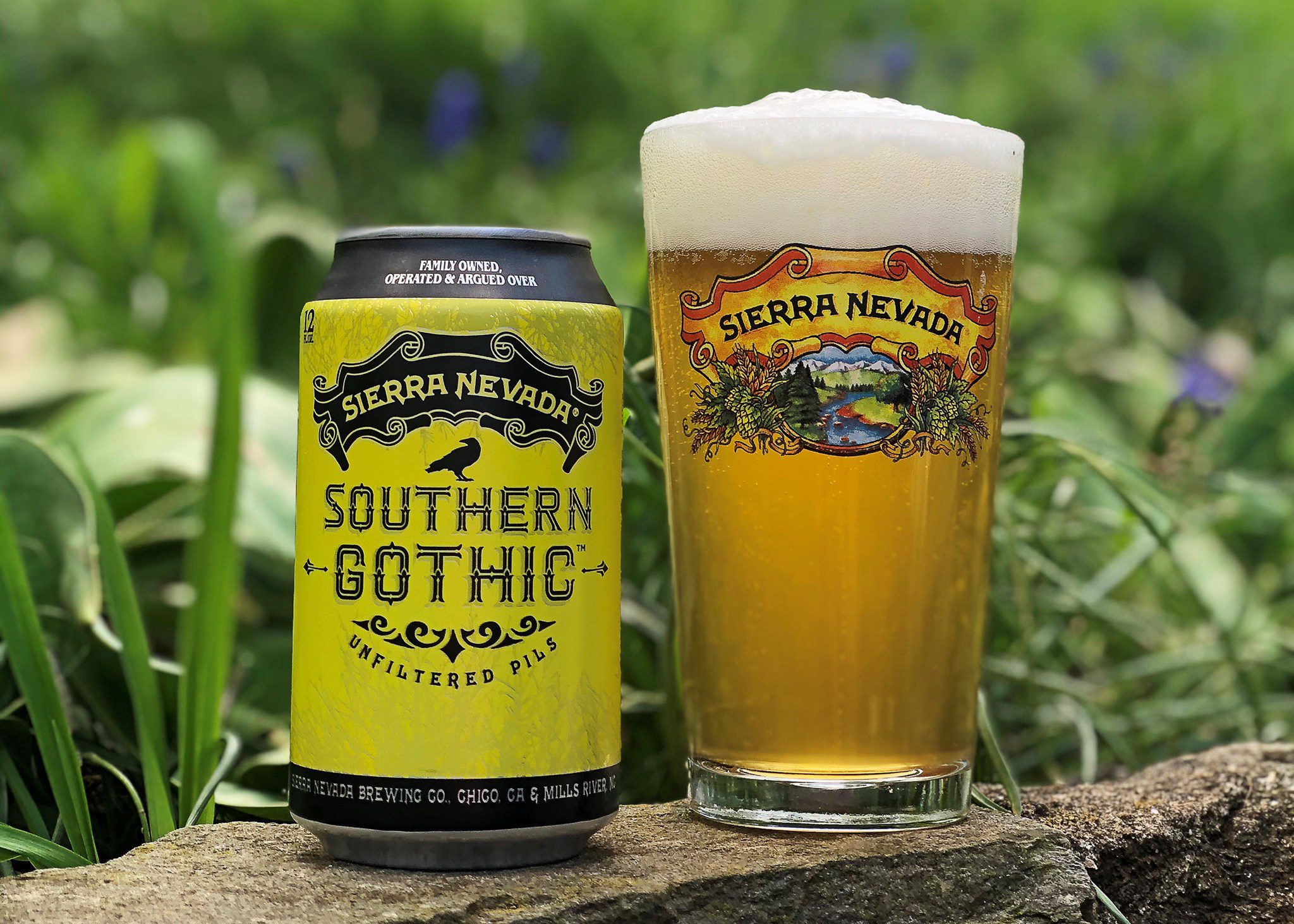
“It gives a nice flavor which is like a whole-grain bread, a little grassy and sweet,” says Scott Jennings, our Innovation Brewmaster in Mills River. “It lends unique character to a beer that we only sell in the Southeast.”
For our Oktoberfest release in 2018, Ron and his team developed Admiral’s Hearth, a dark Munich-style malt that leans on the art and science of kilning.
“We definitely did some hot, moist [air] re-circulation to break down some of the sugars and proteins at lower temperatures,” Ron says, “so that when we blast it with higher temperatures to finish it off, there’s more soluble proteins in there to get color out of.”
“Hearth, when you just chew the kernels, tastes nutty and bready with a pleasant sweetness like toffee,” says James Conery, our Innovation Brewmaster in Chico. “It drove the rich amber hues in Oktoberfest and helped with the depth of malt flavor.”

In 2025 we’ll use another Admiral product, one that’s hyperlocal: our own homegrown barley toward Estate Heirloom Landbier. Admiral spearheads the malting, a decision that’s about more than proximity. Ron only partners with certified-organic or no-till agriculture, and all of our Estate farming bears the Oregon Tilth stamp.
Another noble stamp is the Craft Malt Certified Seal. If a brewery checks certain boxes, they have an extra tool to proclaim local! A beer made with at least 10% craft malt (by weight), for example, qualifies for the seal.
Ron says that volume, despite its virtue, is “very small.”
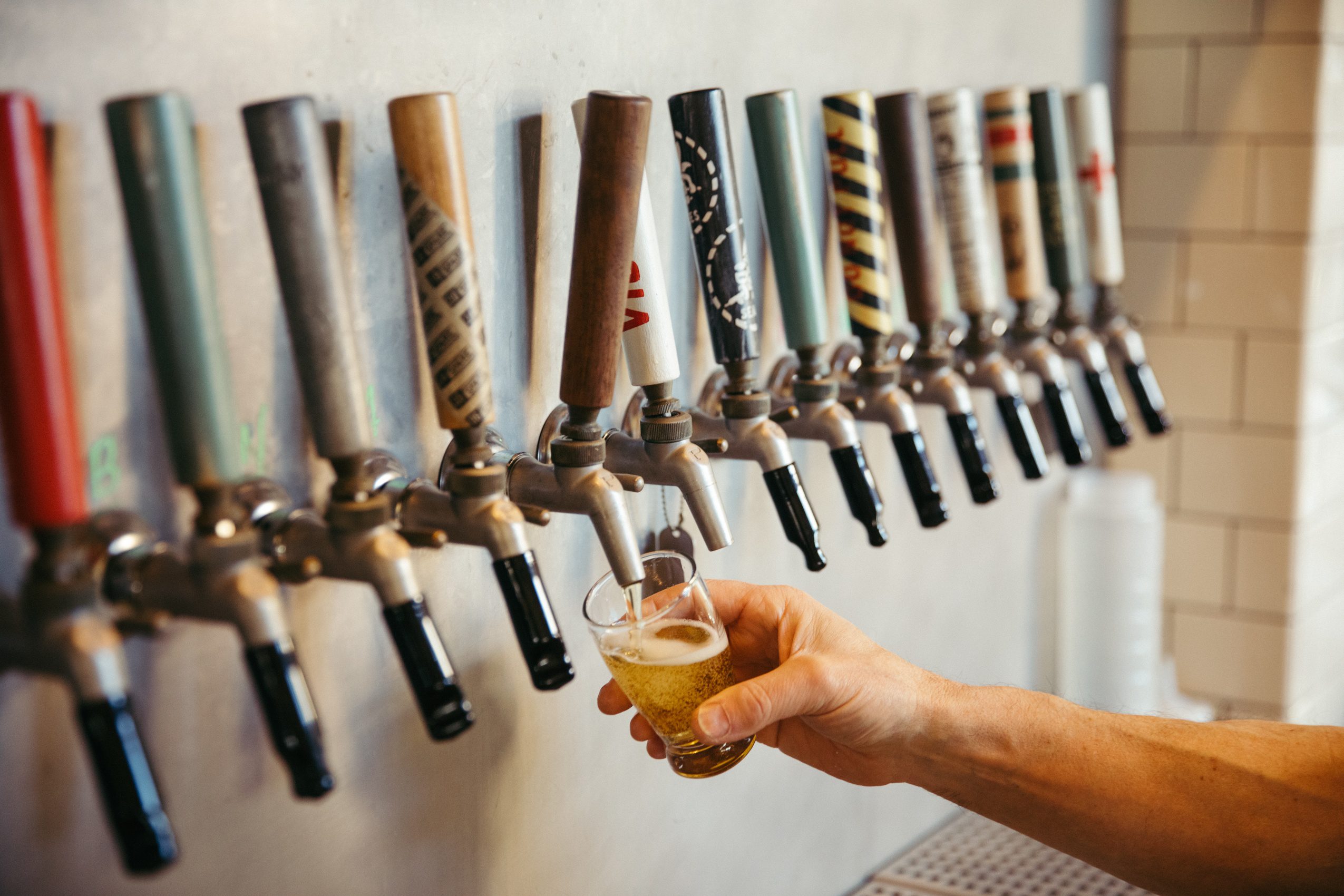
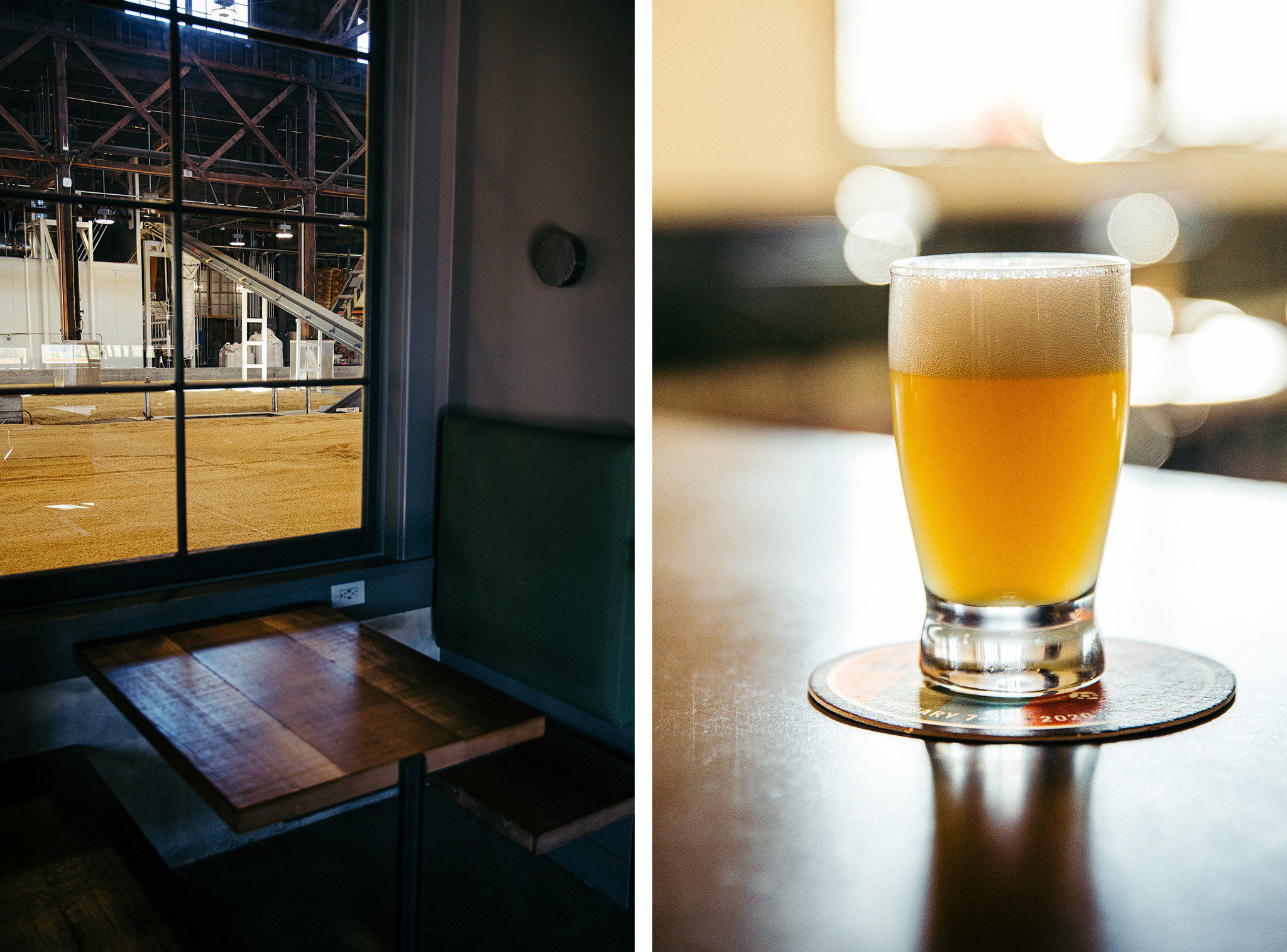
The future’s uphill, but Ron buzzes with optimism. It’s palpable as he pours us beer samples at The Rake, the pub inside Admiral. Booth seating lines a wall where the process and the product are separated only by a pane of glass. The taps exclusively feature breweries who use Admiral malt. Our tasters include HenHouse’s Philadelphia Experiment IPA, Harmonic’s Evil Goat Bock, and Seismic’s Alluvium Pilsner, which Ron sips and studies.
“I can tell this has this softness,” he admires, “but also a little bit of graininess—not astringent and not in a rye way, but not in a sweet way either.”
It’s the middle of San Francisco Beer Week, perhaps a gauge for where drinkers’ affections lie. Ron says it couldn’t have started better at The Rake.
“We had our record Sunday, I’ll tell you that.”
Sounds like plenty of malt talk.




